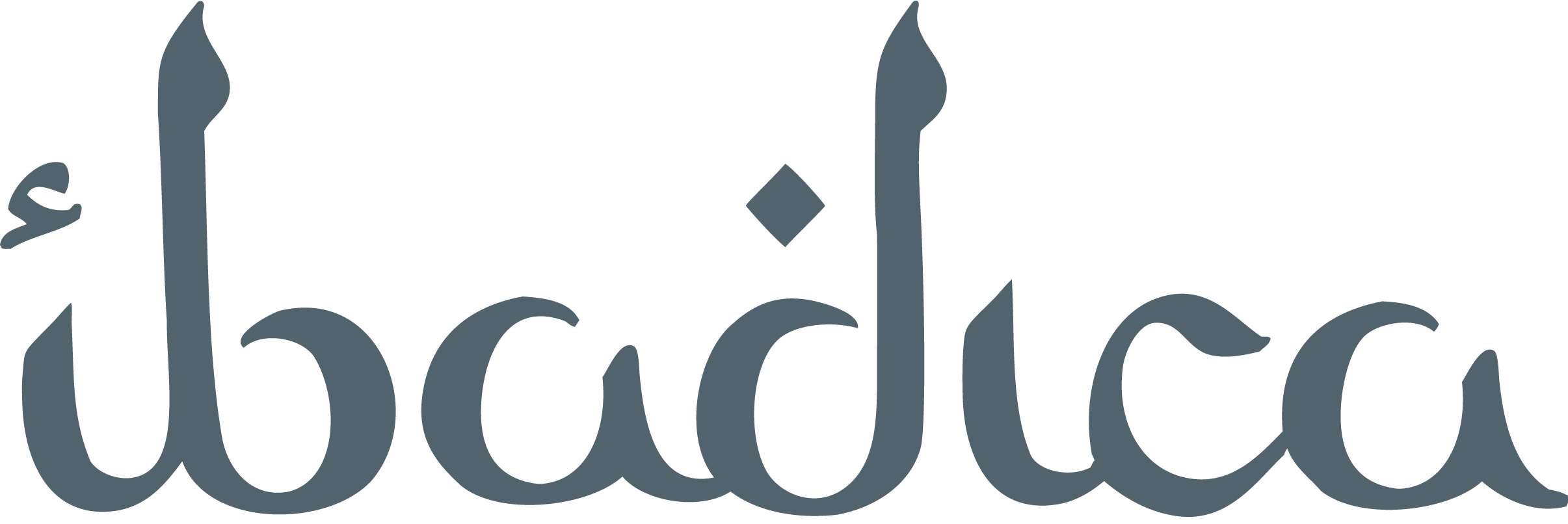Les origines et l’islamisation de la ville de Tādmakka d’après les sources arabes
Contenu
- Titre
- Les origines et l’islamisation de la ville de Tādmakka d’après les sources arabes
- Créateur
- Lewicki, Tadeusz Voir tous les contenus avec cette valeur
- Date
- 1979
- Dans
- Revue française d'histoire d'outre-mer Voir tous les contenus avec cette valeur
- Résumé
-
the town of Tādmakka was an important Berber market lying on the southern edge of the Sahara in the area of the Adrar of Hoghas. The vast ruins of this town called El Souq are still visible. Tādmakka maintained relations at a great distance. According to al-Bakrī (1068), the caravan routes linked it with the towns of Qayrawān and Tripoli on the one hand and with the great political and trade centres of the western Sudan, Kawkaw (Goa) and Ghāna (Kumbi Saleh), on the other.
Tādmakka was already flourishing in the 9th century. It was there that was born about 884, Abū Yazīd Makhlad b. Kaydād, the famous “man with an ass”, who was the son of a Berber merchant from Bilād al-Jarīd and belonging to a branch of the Zanāta. The Ibāḍī sources note also the presence of other Berber-Ibāḍī merchants from Zanāta, sometimes very rich.
According to Ibn Ḥawqal (973-975) the inhabitants of the kingdom of Tādmakka called Banū Tānmak (Tādmak) belonged to a branch of the Ṣanhāja and were of black origin crossed with whites. On the contrary, the inhabitants of the capital of the kingdom, whom Yāqūt calls Zakrām (Akrām, for Aghram: castle) were of Zanāta origin. They were mostly Ibāḍī merchants from Djerid and other Ibāḍī districts of North Africa. As for the Ṣanhājan inhabitants of the Tādmakka kingdom, they long remained pagans and only became Moslem in the year 1109-1110, after the islamization of the town of Ghāna. - Langue
- fre
- volume
- 66
- numéro
- 242-243
- pages
- 163-168
- Source
- Fonds Martin Custers Voir tous les contenus avec cette valeur
- Ibadica Voir tous les contenus avec cette valeur
Lewicki, Tadeusz, “Les origines et l’islamisation de la ville de Tādmakka d’après les sources arabes”, 1979, bibliographie, consulté le 18 septembre 2024, https://ibadica.org/s/bibliographie/item/7099
Position : 24392 (2 vues)

